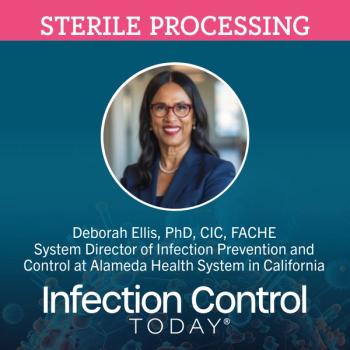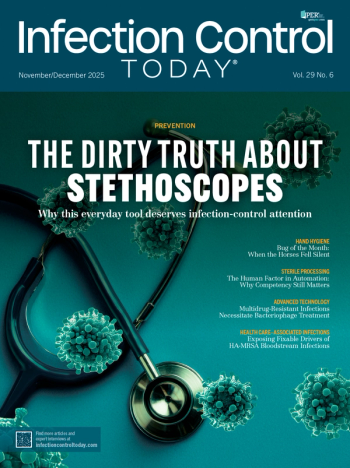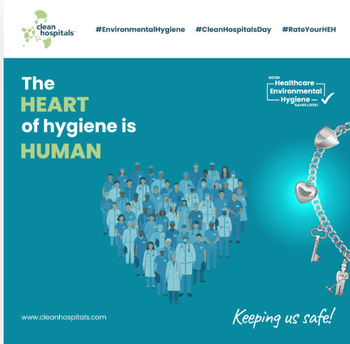
Only a Limited HIV Subset Moves From Mother to Child, Study Shows
In the transmission of HIV-1 from mother to child only a subset of a mother’s viruses infects their infants either in utero or via breastfeeding, and the viruses that are transmitted depend on whether transmission occurs during pregnancy or through breastfeeding, according to UCLA-led research.
Mother-to-child transmission of human immunodeficiency virus type1 poses a serious health threat in developing countries, and more effective interventions are needed. Previous studies determined that strains of HIV that infect both adults and infants almost always use the CCR5 co-receptor for infection and also that that infection is often established by a single viral variant rather than by multiple variants. Additionally, previous studies have shown some of the features of the transmitted viruses.
The researchers isolated viruses from mothers who transmitted HIV to their babies during pregnancy and from mothers who transmitted the virus while breastfeeding. They created hundreds of clones of the envelope, which is the outside portion of the virus that attaches to and infects cells, and then sequenced the envelope regions. The researchers did this to determine how the different regions varied in length and also how many sites they have for the attachment of sugar molecules (HIV coats its envelope with sugar molecules to evade the immune system). They also tested the envelope clones in cell lines in the lab to determine how easily they could infect human cells, how many receptors and co-receptors the clone needs on the outside of cells to infect them, and if their ability to infect the cells could be blocked by neutralizing antibodies.
What they found is that the viruses are generally shorter in specific regions of the virus’ envelope, have fewer sugars attached in the envelope and are less likely to be neutralized by CD4 “helper” cells that are a crucial part of the immune system.
While most cases of mother-to-child transmission of HIV can be prevented by treating mothers and babies with anti-HIV drugs, transmissions still occur. There were an estimated 240,000 transmissions in 2013. This study highlights the need for different strategies to prevent transmission during pregnancy and while breastfeeding. It also provides information into which antibodies may be helpful.
The authors were Grace Aldrovandi, Nicole Tobin and Nicholas Webb of UCLA Children’s Discovery and Innovation Institute; Kyle Nakamura, Edwin Sobrera, Thomas Wilkinson of Children’s Hospital Los Angeles; Katherine Semrau and Donald Thea of Brigham and Women’s Hospital, Harvard Medical School and Ariadne Labs; Chipepo Kankasa of the University of Zambia; Benhur Lee of Icahn School of Medicine at Mount Sinai; Louise Kuhn of Columbia University; and Laura Heath and James Mullins of the University of Washington. Nakamura is also affiliated with the University of Southern California.
The study was published in the journal Retrovirology.
This work was supported by the National Institutes of Health Cellular, Biochemical, and Molecular Sciences Training Program Grant (T32 067587), the National Institute of Child Health and Human Development (RO1 HD 39611, RO1 HD 40777), and International Maternal Pediatric Adolescent AIDS Trials Group (U01 A1068632), the National Institute of Allergy and Infectious Diseases (R37 AI047734) and the Seattle Center for AIDS Research Molecular Profiling and Computational Biology Core (P30 AI027757).
Source: University of California, Los Angeles (UCLA), Health Sciences
Newsletter
Stay prepared and protected with Infection Control Today's newsletter, delivering essential updates, best practices, and expert insights for infection preventionists.





